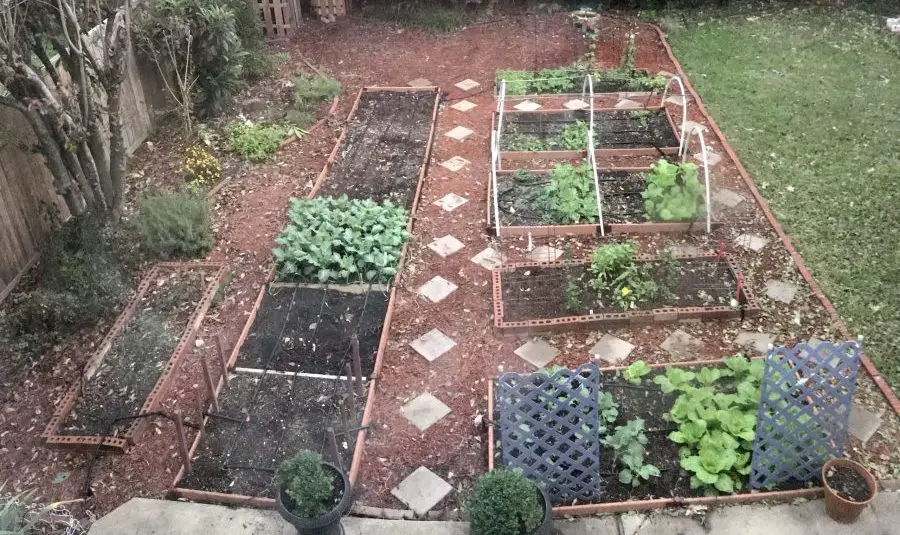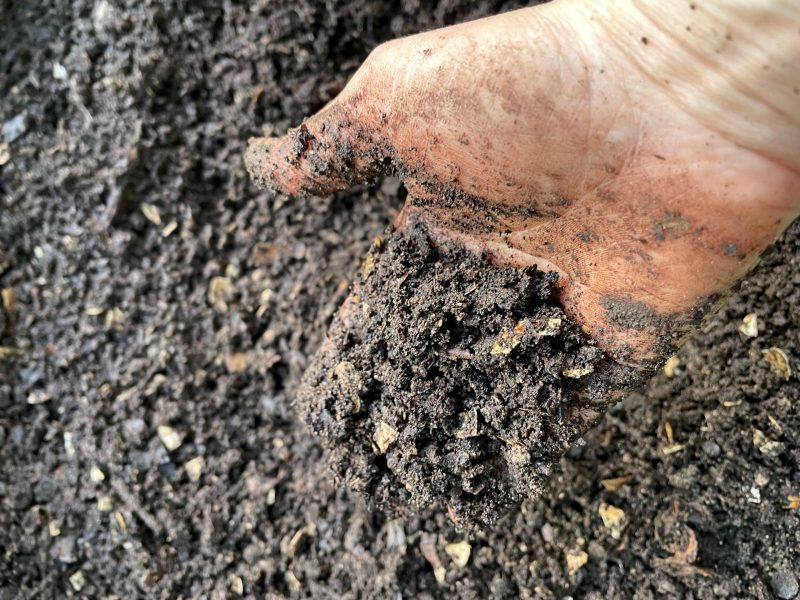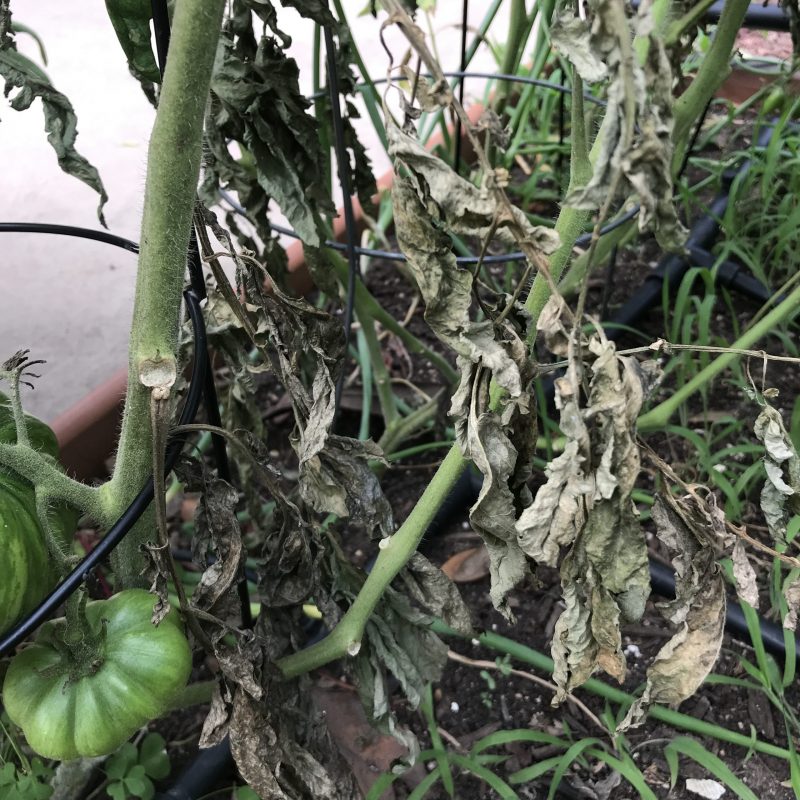Composting is the process of turning food scraps and yard waste into nutrient-rich soil for your plants and garden. With the participation of each one of us, it is one of the solutions that could help alleviate the impact of climate change.
According to Dr. Ingram compost does not only amend the soil, improving its texture and quality, it is also a remedy for it. Just like healing our gut by eating wholesome foods to increase good bacteria population, good-quality compost heals soil by introducing beneficial fungi and bacteria.
However, we must admit that no matter how much waste we generate at home, we never make enough compost for the garden. Fortunately, there are several ways to make compost, and the 18-day- compost is one of the fastest and easiest methods.
What is 18-day compost?
An 18-day compost is a method of composting that involves heat. The mix of organic matter such as food waste, yard waste, and other biodegradable materials is added in equal ratios all at once in a pile. Then, it is turned regularly, introducing oxygen to generate heat.
The result is a nutrient-rich compost that can be used as a soil amendment to improve plant growth and health.
The 18-day composting process is faster than traditional composting methods, which can take several months to a year to produce usable compost.
The difference between 18-day and regular compost.
There are several differences between the two methods of composting.
1- Heat
The 18-day compost generates a lot of heat due to the added oxygen through regular turning. Regular composting is cold since the pile is left alone to break down at its own pace.
2- Speed
Due to the use of oxygen and heat generation, the materials in the 18-day compost are fast to break down. The organisms are put on Turbo Mode to work on the matter.
Regular compost, on the other hand, is slow-cooked, taking months to break down.
3- Pathogens
By generating high heat, the 18-day compost becomes pathogen-free, contrary to the regular cold compost.
4- Yield
The 18-day method is more rewarding because of the amount of yielded final compost. The volume of added material at the start is the same at the end.
The cold compost, however, yields about half the amount, in volume, of the added materials.
How to make the 18-day compost?
Like any other composting method, 18-day compost requires carbon (brown) and nitrogen (green) source material. Ideally, the ratio C: N is 30:1, but that is hard to achieve. So, observing the speed of the breakdown can help fix it.
If the compost is not heating up fast enough, that means the carbon content is high. In this case, we may add more green material. On the other hand, if the pile is too hot, we may add brown material.
The process, however, is as simple as making a lasagna:
- Make the pile alternating the brown and green material, paying attention to the ratio as much as possible.
- Water in between layers.
- Leave the pile for four days without disturbance. Cover it in case of snow or rain.
- On the fifth day, start turning every other day for 14 days.
- By the 18th day, the pile should be ready.
What materials are suitable for 18-day compost?
As mentioned above, we will need carbon materials and nitrogen materials.
Carbon source for 18-day compost
High-carbon materials, or what we typically call dry or brown, are dead materials. These include
- Branches
- Cardboard
- Dried leaves
- Shredded paper
- Wood chips
Nitrogen source for 18-day compost
High nitrogen materials are moist or as we also call them green. They are the ones that break down fast.
- Kitchen scraps
- Grass clippings
- Animal manure (avoid horse manure as it contains herbicides)
- Green leafy material
Water
Maintaining a balanced moisture level is crucial for decomposition. In dry climates, you may need more water, while in humid rainy areas, you may need to add more dry material.
So adding water to the compost pile depends greatly on the season and region you live in.
The carbon-to-nitrogen ratio for the 18-day
In the 18-day compost, it is imperative to maintain the right ratio of carbon to nitrogen. However, for a typical gardener, it may get confusing. We are not going all techy in this post, since our goal is to make things easier for people.
The easiest way to keep the right ratio is to use two buckets of dry to one bucket of wet.
How to turn the 18-day compost?
As we mentioned previously, after the fourth day of making the pile, it is time to start turning every other day.
The idea is to turn the pile inside out instead of the typical upside down. So, what was at the perimeter of the pile becomes inside and vice-versa.
Again, there is no need to make it hard, just flip the pile however way possible.
The first flip might be difficult since the materials are still intact, but from then onward it will become an easier chore.
How do you know the compost is ready?
Generally, compost is ready when you do not recognize the materials you started with.
The easy identification is that it will look like dark brown soil and smell earthy.
Let’s make 18-day compost!
This is how I made my 18-day compost to heal my soil from root-know nematode.
1- Gather the materials
In my case, I used my neighbor’s grass clippings and collected fall leaves.
I also made a wire bin to keep the pile contained.

2- Build the pile
Alternate the brown material with the green. I used two buckets of leaves topped with one bucket of grass clippings. Then water.
Repeat the process till all the materials are used. Then, cover it with a tarp or plastic.

3- Flipping the pile
On the fifth day of building the pile, I started flipping it.
The wire bin is easily removed and put aside to turn the pile into it.
Using a garden fork, I start with the outer wall of the pile.
Once all the wall is moved and put into a pile, surround it with the inner part of the first pile. Then cover.
The process is repeated every other day. You will notice heat coming out from the inner side of the pile.

4- Harvest
In my case, I did lose some heat in my pile due to missing flipping days. For this reason, my compost took about 25 days to be ready for harvest.




